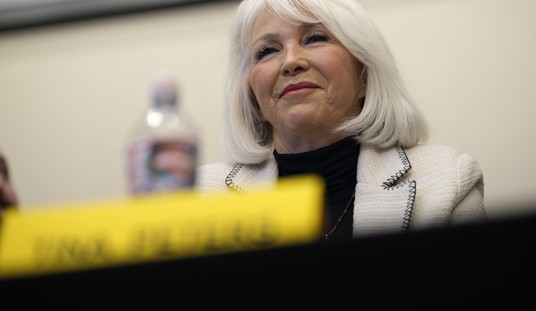
As if the big Swingometer update wasn’t enough, I’m not done projecting the House today. Taking a cue from Patrick Ishmael I’m going to simulate today the elections based not just the latest seat-by-seat Cook Political Report ratings, but also on those of Congressional Quarterly’s, the Swing State Project’s, and Larry Sabato’s.
Swingometer right now says R+52 from 2008. Ishmael right now also says R+52, though from right now and not from 2008. I expect these popular analysts still to be too cautious to project a big Republican win, but let’s find out.
First up we have Congressional Quarterly. the situation: 169 Safe D (0 flips), 21 Likely D (1 flip), 29 Lean D (1 flip), 36 Tossup (34 D, 2 R), 5 Lean R (1 flip), 7 Likely R (1 flip), 168 Safe R (2 flips, 2 vacancies).
I will simulate this giving safe seats a 0% chance of an upset, likely seats a 1% chance, lean seats 10%, and toss ups go 50/50.
Results after 100,000 trials: Mean and median outcome is D 235-R 200. A gain, but not a majority, for Republicans per CQ. This is to be expected when virtually no seats held by Democrats are being put on the Republican side, even a seat like SD-AL where Kristi Noem is polling very well against Stephanie Herseth-Sandlin.
Next up: Swing State Project. While CQ listed every seat, SSP follows the convention of listing only those races which are competitive or flipping. As a result, we see 29 Likely D (1 flip), 35 Lean D (1 flip), 35 Toss Up (33 D, 2 R), 6 Lean R (3 flip), 14 Likely R (2 flip).
With the same probabilities, the results after 100,000 trials: 21 seat Republican gain as mean and median, which again would not give Republicans the House of Representatives. The current House makeup is 255 D – 178 R with two vacancies, one of which was on the SSP lists from the Republicans, and the other a safe district for the Democrats. As a result, the projected makeup is 235 D – 200 R.
Third we have my standby from previous simulations: Cook Political Report. The tilt on this one is as staggering as ever: 102 seats of the Democrats are listed, versus 18 for the Republicans. 30 Likely D, 30 Lean D, 40 Toss Up, 6 Lean R, 14 Likely R.
100,000 simulations later: Finally a different result, but not much different. R+24 seat mean and mode is what I come up with, which of course translates into a 232 D – 203 R majority for the Democrats.
Last: Larry Sabato. Again, only competitive seats are listed: 24 Likely D (0 flip), 25 Lean D (3 flip), 27 Toss Up (26 D, 1 R), 17 Lean R (13 flip), 9 Likely R (0 flip). This seems to be a more aggressive ratings chart than the others. Will it give Republicans the majority, though?
After 100,000 simulations, no, the results aren’t much different. The dearth of toss ups from the other side costs the Republicans as much as the abundance of flips. R+24 seat mode, though a 23 seat mean so we’re right on the boundary between the two. We’ll call it 24 though as it’s the most likely individual outcome. That’s a 233 D – 202 R majority.
Interestingly though. Sabato also tosses out a number: R+32. I must assume that means Sabato also has in his pocket a number of races that are flipping Republican but aren’t competitive that way.
So how do the raters stack up against the Swingometer after all that effort? Here they are, sorted by net outcome:
| Source | R | D |
|---|---|---|
| Ishmael | 231 | 204 |
| Unlikely Voter | 230 | 205 |
| Sabato Quote | 211 | 224 |
| Cook | 203 | 232 |
| Sabato Sim | 202 | 233 |
| CQ | 200 | 235 |
| SSP | 200 | 235 |
| Current* | 178+1 | 255+1 |
| * Vacancies listed as an added seat for the previous holder | ||
Curious. All of the big seat-by-seat ratings can’t seem to find enough individual seats for the Democrats to lose to match the national mood captured in the generic ballots. That tells me some Democrats right now probably believe they are safe, but will lose in November.
By then these ratings are likely to have moved, but I think that both past experience and current polling suggest that these well-known ratings sources are not reliable as an early warning. Unless the generics are well off this year, the seat-by-seat ratings are going to be more of a coincident indicator than a leading indicator.












Join the conversation as a VIP Member